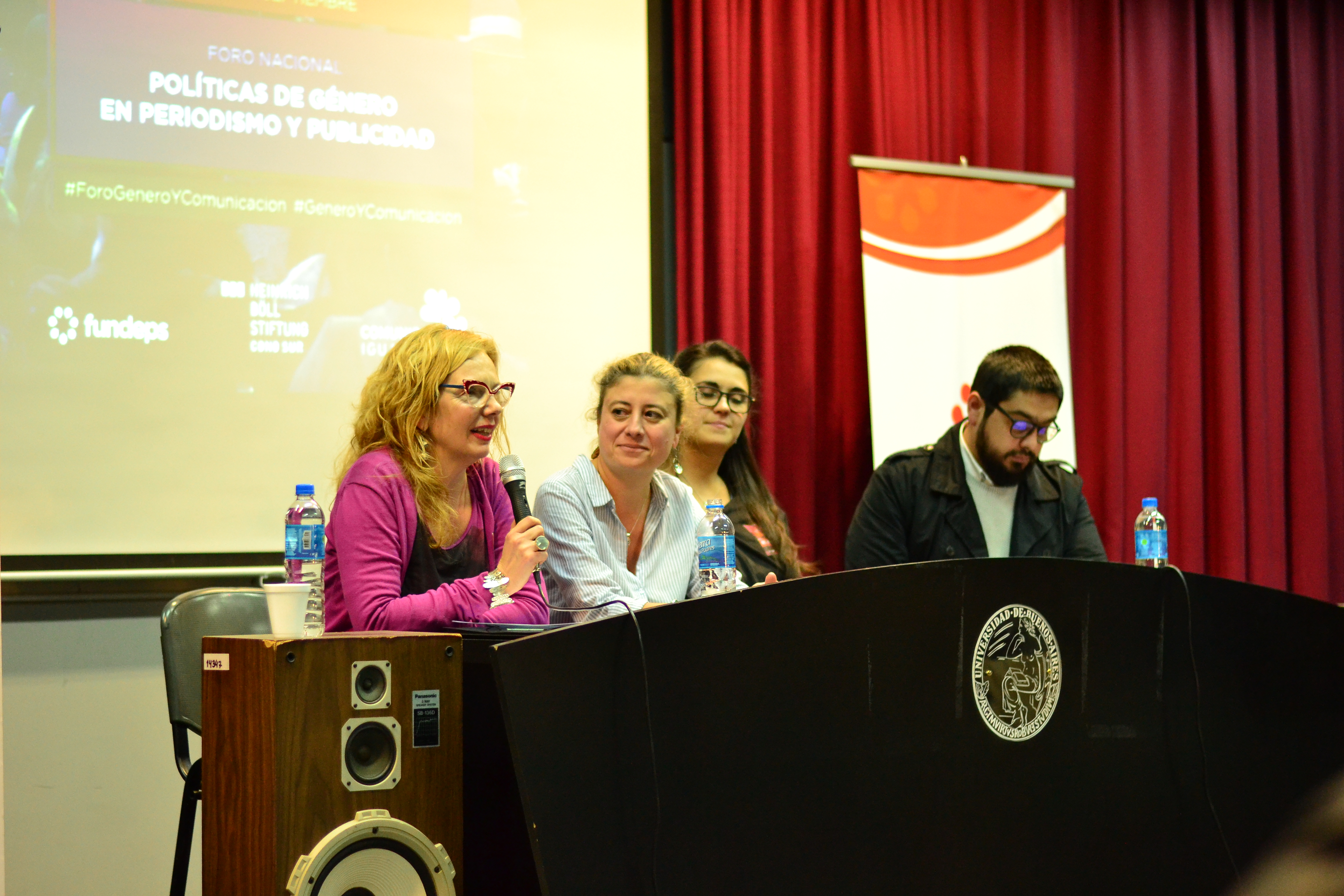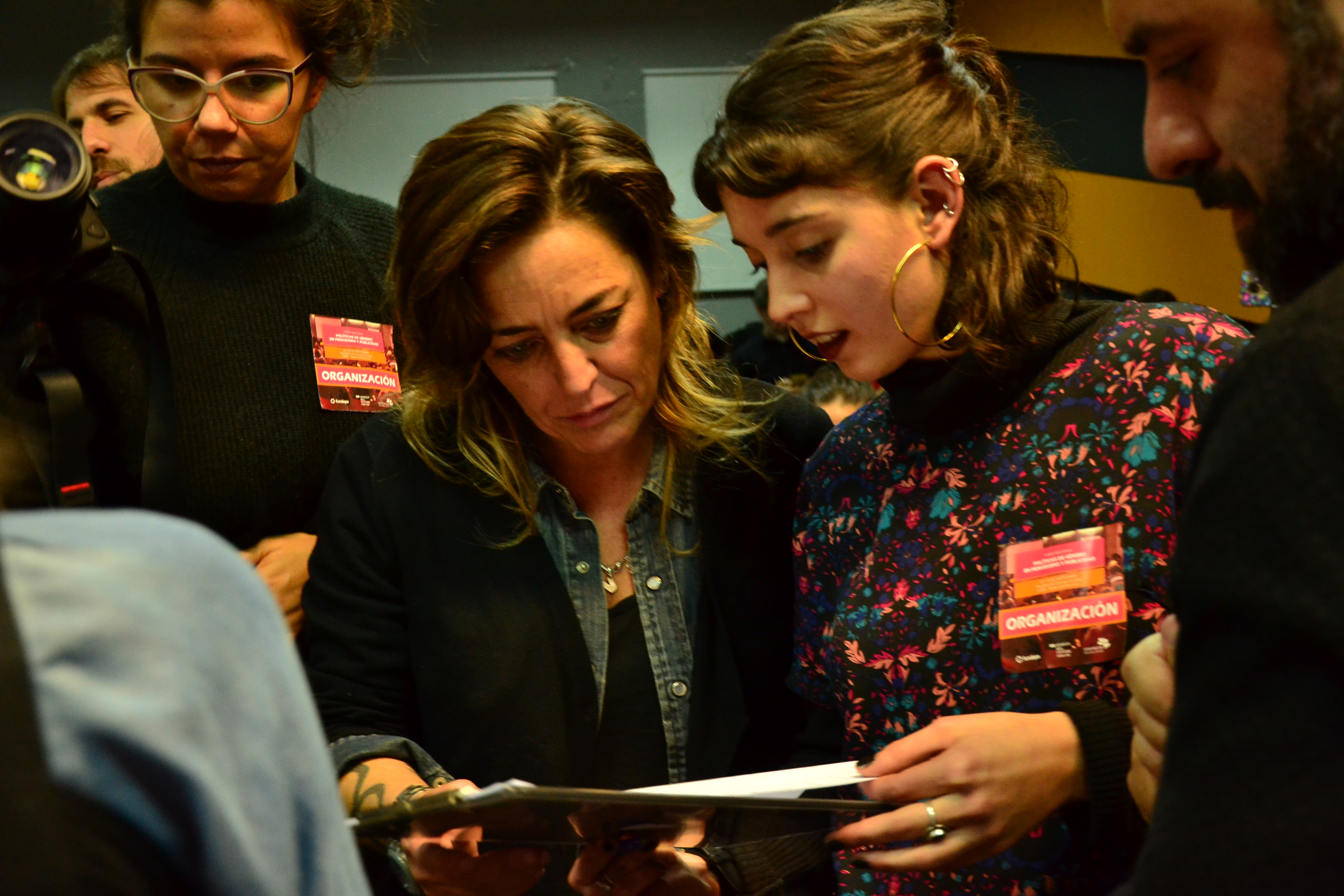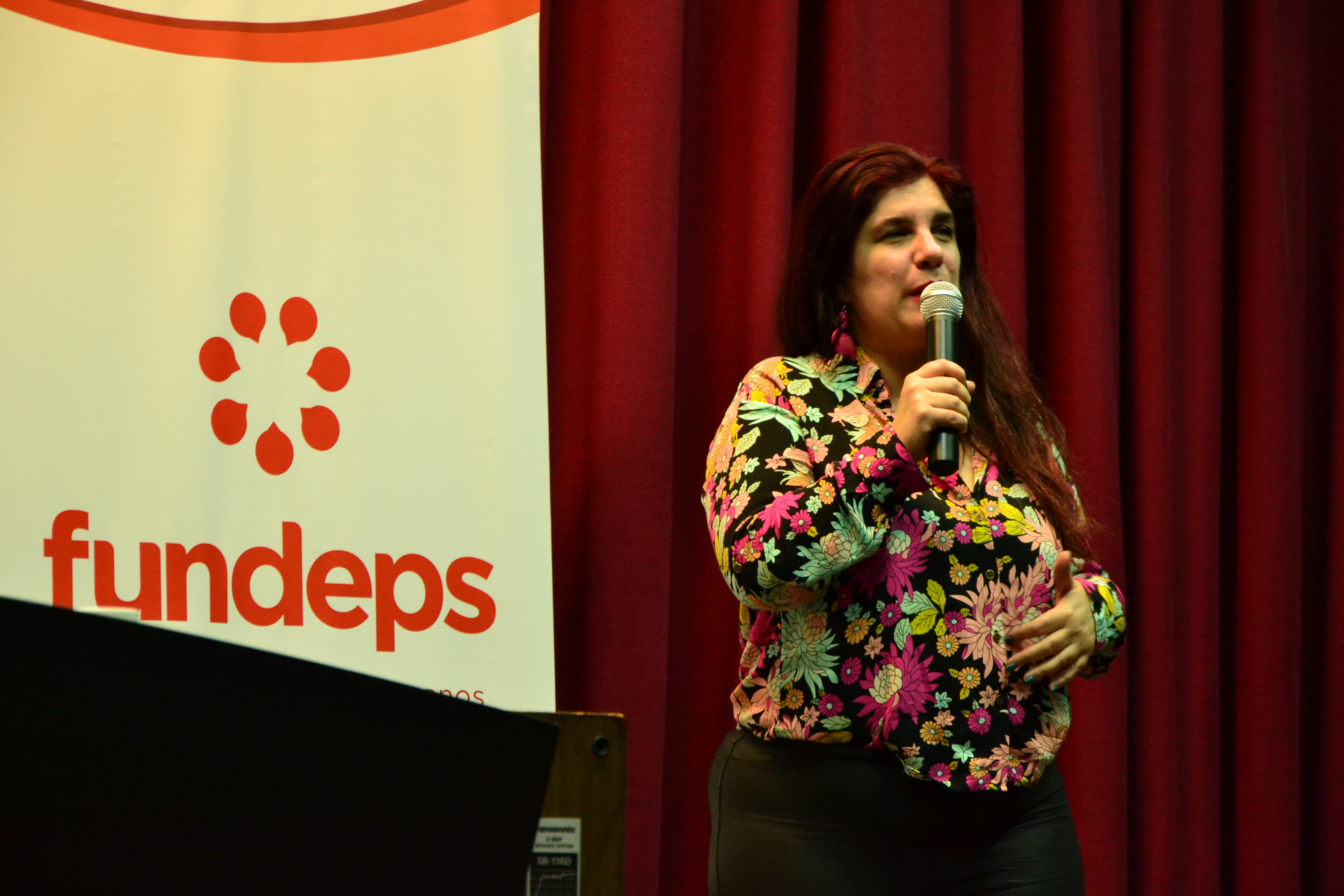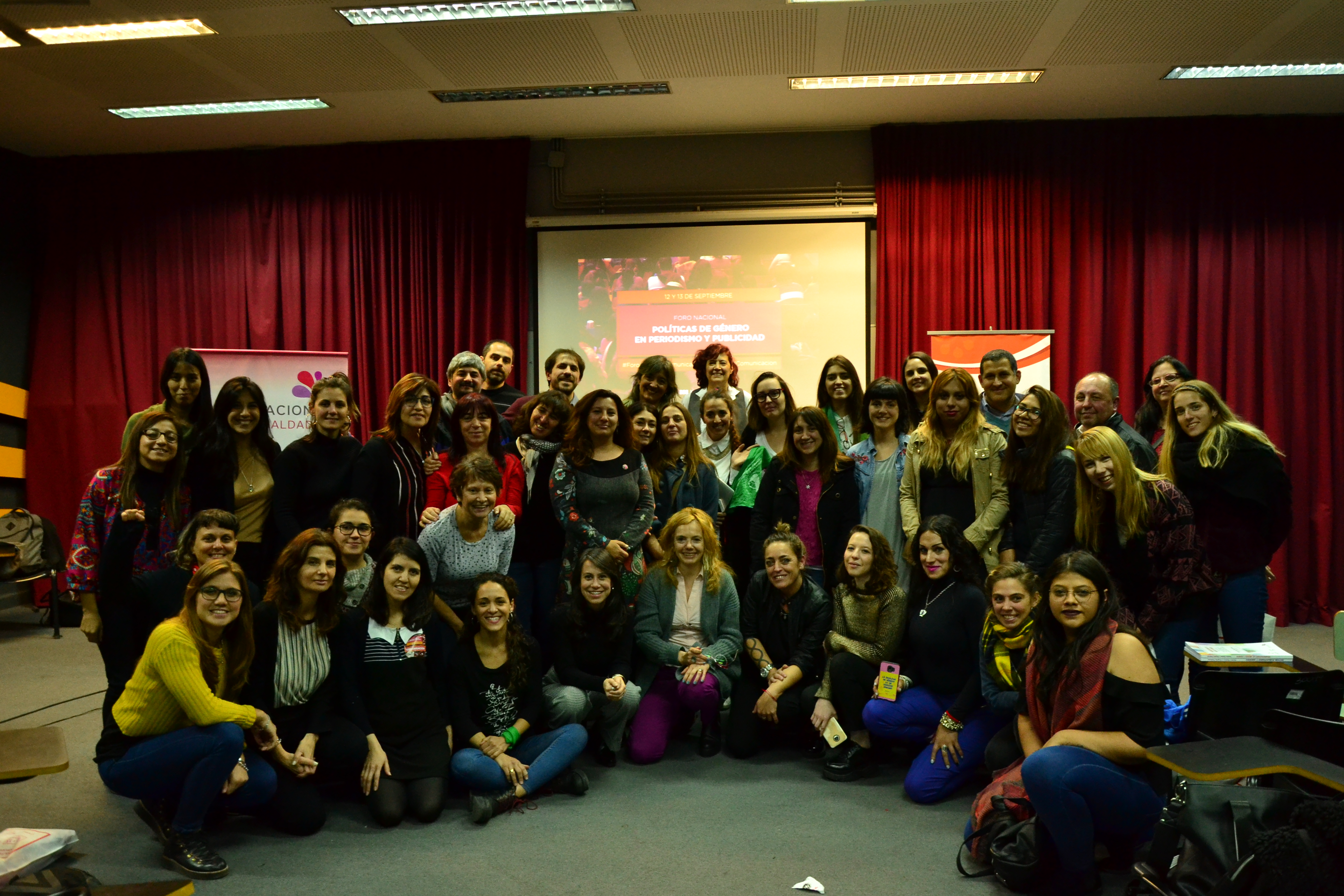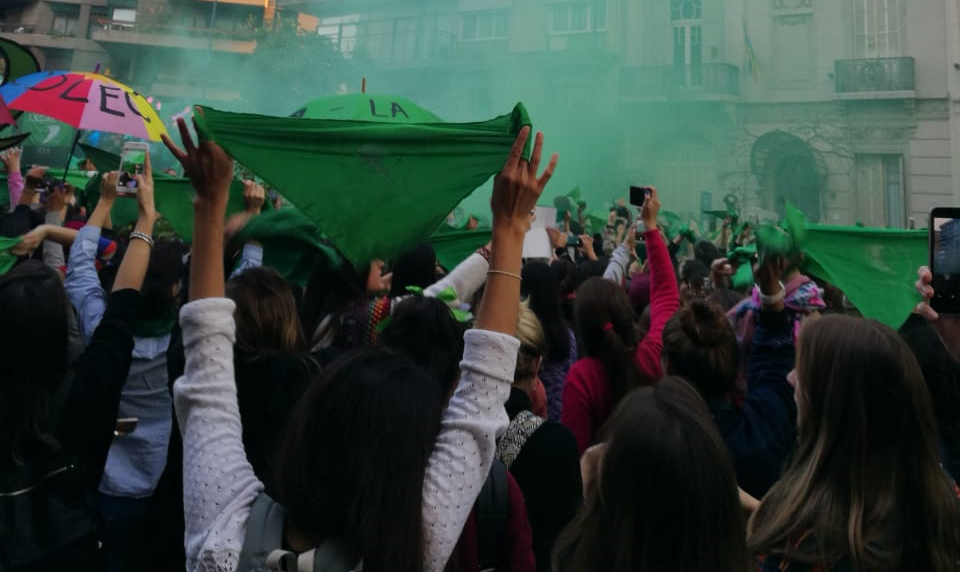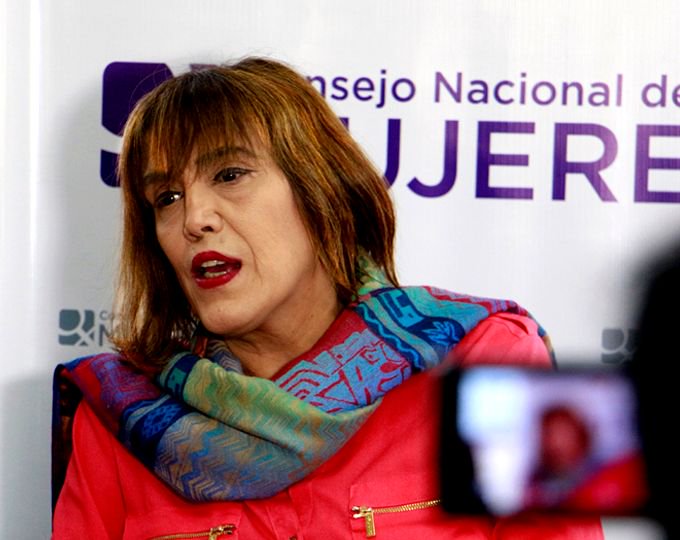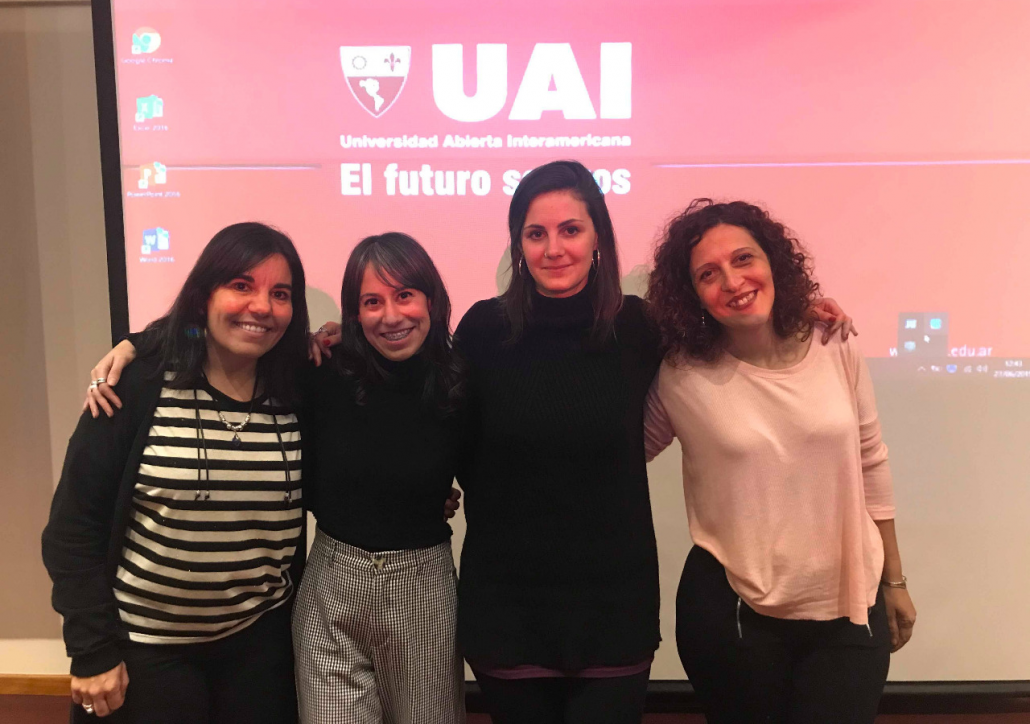We demand it in the marches, the partisan companions asked for, it has been promoted for decades with laws and projects and yet not. Again a priority male cabinet. Again a non-representative and non-diverse cabinet.
After speculation, meetings, arrangements and negotiations, finally Alberto Fernández, the president-elect, announced the formation of his cabinet. The Vice Presidency of the Nation, a charge of Cristina Fernández de Kirchner, joins the Office of the Chief of Staff, a charge of Santiago Cafiero, the General Secretariat of the Presidency headed by Julio Vitobello, Vilma Ibarra in the Technical and Legal Secretariat (the authorities of the Secretariats have the rank and hierarchy of Minister) Gustavo Beliz in the Secretariat of Strategic Affairs, Martín Guzmán in the Ministry of Economy, Martín Kulfas in the Ministry of Production, Felipe Solá in the Ministry of Foreign Affairs, Wado de Pedro in the Ministry of the Interior, Daniel Arroyo in the Ministry of Social Development, Eliana Gómez Alcorta in the Ministry of Women, Gender and Diversity, Marcela Losardo in the Ministry of Justice, Ginés González García to the Ministry of Health, María Eugenia Bielsa to the Ministry of Territorial Development and Habitat, Gabriel Katopodis to the Ministry of Public Works, Agustín Rossi to the Ministry of Defense, Sabina Frede ric to the Ministry of Security, Claudio Moroni to the Ministry of Labor, Mario Meoni to the Ministry of Transportation, Nicolás Trotta to the Ministry of Education, Tristán Bauer to the Ministry of Culture, Roberto Salvarezza to the Ministry of Science and Technology, Matías Lammens to the Ministry of Sports, Juan Cabandié to the Ministry of Environment and Luis Basterra to the Ministry of Agriculture.
To these Ministries, the state company AYSA and the AFIP and PAMI organizations, headed by Malena Galmarini, Mercedes Marcó del Pont and Luana Volnovich, respectively, are added. In addition, Cecilia Todesca as Deputy Chief of Staff, Adriana Puiggrós as Deputy Minister of Education and Victoria Tolosa Paz in the Social Policy Council.
The photo of the brand new Pink house: Suit, tie, suit, tie, beard, mustache, shirt, handshake. What does that photo tell us that returns so much homogeneity, classism and androcentrism?
D´Alessandro, Vales and Snitcofsky, in an article published in 2017, “Overview of the glass dome in the State” state that: androcentrism?”
“There are more ministers called Juan than female ministers in the history of Argentina. Since 1983, there were only 16 women in this position in different governments, with 154 male ministers who succeeded each other. Nor is there a long history, the first was the first was Susana Ruiz Cerutti in 1989 and lasted only 45 days. Today, women are 31% of the total workers in the positions that make up the organic structure and authorities of the national executive branch, however, there are only 3 women in the 23 front-line positions (ministries, cabinet and chancery); that is, just 13%. In this layer there are also more graduates of the Cardenal Newman school than ministers. ”
This image of the outgoing government ministerial portfolio is a photo that is repeated. Far from parity, once again the political dynamics, relegate women to a few positions.
After the ministerial reorganization, the Cambiemos government left only 2 of the 11 ministries run by women. The new government shows a slight improvement as it increases the number of women in these positions to 5, but still, it is very far from parity: in total, women occupy 21.7% of the 23 positions with ministerial hierarchy of first line (counting the Headquarters of Cabinet).
In the case of the Legislative Power, the permanent struggle of women and dissidents became legal tools. Not without enormous resistance, criticism and violence, in 1991 Argentina sanctioned a Women’s Quota law – law 24.012 – which states that “lists submitted to elections must have women in a minimum of 30% of candidates for office choose and in proportions with the possibility of being elected ”. Today, about 30 years after its implementation, we recognize that the measure was positive. Discussion topics were expanded, key laws were passed and new rights were acquired in matters of identity, family, health and education. In 2017, the Chamber of Deputies of the Nation approved and converted into law the so-called gender parity for the integration of lists of legislative candidates in the national jurisdiction. Thus, as of 2019, the lists should place men and women in an interleaved and consecutive manner, achieving a 50% distribution for each gender. But in the case of the Executive Power, there is no regulation that requires expansion or parity in the formation of cabinets. The participation of trans bodies and dissent in the public-political sphere and in the key decision spaces are still pending challenges.
“In addition to these obstacles, and others where stereotypes and machismo play an important role, there is an underlying prejudice and it is that women do not reach high-level positions because they do not have the necessary education, experience and / or capacity . If we assume that the best or most qualified are always in the government leadership then we should ask ourselves why women are only 10% of the ministers we have had since 1983 to here. Women (…) are more than 40% of workers, have an average year of education more than their peers and are 60% of university students and graduates ”(D´Alessandro, Vales and Snitcofsky, 2017).
According to the UN Women in Politics map, as of January 2019, women have only 20.7% of ministerial positions worldwide, being the highest figure in history. Argentina today, manages to overcome this figure with a government that announces itself progressive, has equity as a priority and addresses specific issues that are fought from feminisms and dissent.
We are more, but there is still much to conquer
Those who militate diversity, rescue what has been achieved and continue fighting for spaces, laws and actions that are still to be achieved. Regarding the presidential cabinet, first, we look at those who access positions of power, questioning how and why they get there. When we see relatively homogeneous and masculine bodies, we only have to ask ourselves whether as a society and from politics we are doing enough to guarantee equal opportunities, more friendly spaces and other more open and inclusive ways of leading. Second, the glass ceilings and walls. Those hermetic power structures, continue to define what roles are assigned to whom based on the generic sex system. Women with some access to education can occupy spaces but only up to a certain point (in this case, be the second of, secretaries, vice-ministers and always advisors), and in certain work areas associated with an extension of care tasks and reproduction: habitat, equality, education or justice, among others.
Now we add a new ministry, the great campaign promise. The Ministry of Women, Gender and Diversity. A whole team dedicated to work on these issues, something not less and appropriate to the demands of our times. However, the commitment to equality and equity must be reflected beyond a ministry. It requires a commitment to mainstreaming and not a mere name.
We want diversity to ensure effective representativeness. But the mere existence of women in positions does not guarantee the gender perspective: it is not enough only with the greater presence of female bodies, but with people who are aware and work to reduce the inequalities of power that cross us through issues of gender, sexuality , race, age and class.
The demand for diversity in ministerial positions and the gender perspective at the transversal level is not a whim. It is shown that the greater the diversity, the better decisions are made. We have seen how the gender perspective allows us to be aware of multiple oppressions and build fairer societies. We want to have leadership figures that represent us, who know about our vulnerabilities and build forms of governance that tear down walls and glass ceilings.
In a context where, according to official INDEC figures, women have a lower participation in the labor market (42% against 64% of men), a higher unemployment rate (8.4% against 6.9% of men) and we charge 74% of the salary a man charges for the same task, we will fight until we get a different photo, at the height of our times, at the height of our battles.
Returning to the words of Simone de Beauvoir: “Never forget that a political, economic or religious crisis will suffice for women’s rights to be questioned again. These rights are never taken for granted, you must remain vigilant all your life.”
Authors
Paula Kantor and Emilia Pioletti.
Contact
Cecilia Bustos Moreschi, cecilia.bustos.moreschi@fundeps.org

